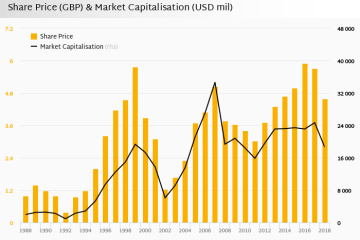The Cultural Significance of the Crenshaw District

Introduction
The Crenshaw District, located in Los Angeles, California, is a vibrant community known for its rich cultural heritage and historical significance. This neighbourhood holds a special place in the hearts of its residents and has become synonymous with African American culture and entrepreneurship. As urban development continues to reshape Los Angeles, understanding the dynamics of Crenshaw is increasingly important for recognising the broader narratives of race, history, and economic opportunity in the city.
A Historical Overview
Crenshaw’s origins can be traced back to the early 20th century when it began to develop as a predominantly African American community. In the 1920s, following the Great Migration, many African Americans settled in the area, seeking better opportunities and escaping the Jim Crow laws of the South. The neighbourhood was known for its thriving businesses, vibrant jazz scene, and community activism. Notably, the construction of the Crenshaw Boulevard in the 1950s further established the area as a central hub for commerce and culture.
Recent Developments
In recent years, Crenshaw has been the focus of significant urban development projects, including the Crenshaw/LAX Transit Project, which aims to improve public transportation in the region. This initiative has sparked both excitement and concern among residents, as it promises to enhance connectivity while also potentially altering the area’s historic character. Entrepreneurs and community leaders are keen to ensure that new developments respect and preserve Crenshaw’s cultural identity while offering economic growth.
The Role of Community Activism
Community activism has played a crucial role in shaping the narrative of Crenshaw. Local organisations and activist groups actively engage in discussions surrounding gentrification, housing affordability, and economic empowerment. Events such as the annual Crenshaw District Festival celebrate local talent, traditions, and provide a platform for community members to voice their concerns regarding development and preservation.
Conclusion
As Crenshaw evolves, it remains a symbol of resilience and community strength. The ongoing dialogue over its development presents both challenges and opportunities for its residents. It underscores the importance of preserving cultural heritage in the face of change. For readers, understanding the complexities of the Crenshaw District serves as a reminder of the broader socio-economic issues affecting urban communities. Moving forward, the Crenshaw community will need to balance development with preservation to ensure its identity remains intact while paving the way for future generations.









